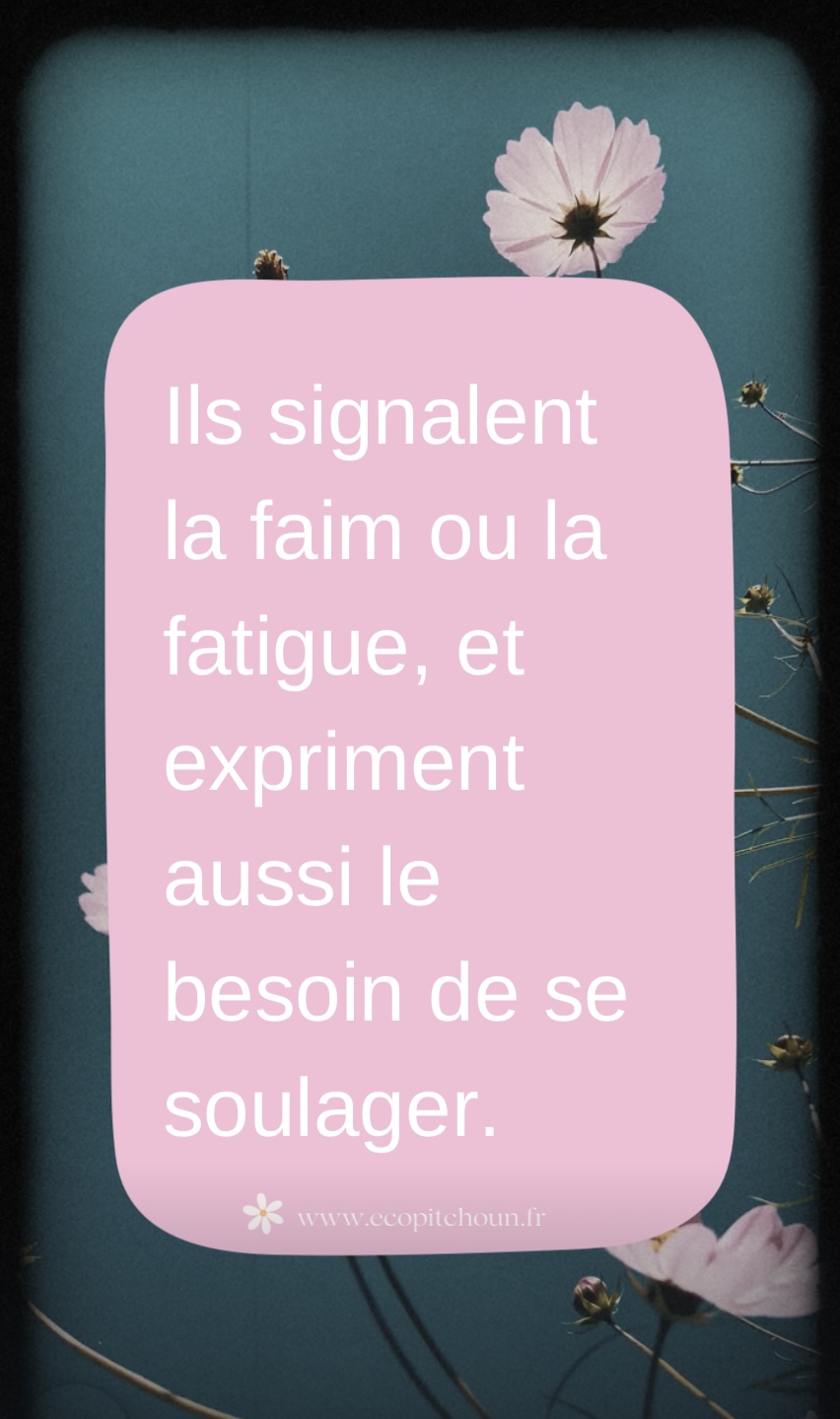III/ What is child natural hygiene (HNI)?
1/ VOCABULAR:
We will first define a common vocabulary to facilitate communication. The ages indicated are used only to facilitate common understanding and are not an indicator of baby delay or advance.
- of 0 to 18 months (and beyond 18 months only for babies who were in NH during the period 0-18 months) : we will then talk about Elimination Communication.
The HNI is part of an accompanying approach to continence since the final baby will actually be autonomous. However, continence is not the goal to be achieved. A parent focusing on the acquisition of continence would be wrong. The HNI is primarily communication with baby. It's a bit the same as if I entered the HNI in "the accompaniment of the care of the erythema fessier". While practicing HNI will actually improve the condition of baby skin, it is not the objective. The English-speaking term Elimination Communication recalls that communication is at the heart of the NHNI.
To communicate, baby needs:
-stay connected to his feelings: avoid disposable layers that absorb too quickly and cut the feelings. Avoid classic washable layers even if they don't have this baby effect dry: they hinder the feeling because too bulky and hinder baby's motority. Opt instead for clothes that will allow baby's freedom of movement and let it feel.
--about an answer when he communicates about it so that the communication can be installed. Disposable layers are not practical, we don't know where to lay them, they contaminate us when we propose potty, not to mention the environmental impact. The classic washable layers are really impractical to offer babies quickly and without getting exhausted in the process. The adult puts too much time to propose and the communication is confused. Opt instead for protections adapted to the NHI that will allow you to propose simply and quickly the potty. See this text about equipment and clothing.
- from 18 months about : we’ll talk aboutaccompaniment to continence in the case of babies who have not practiced the HNI. I prefer this expression to "learning cleanliness" that refers to a different intention and a different objective of what I will talk about.
Why I'm not talking about accompanying to continence since birth but only from about 18 months of baby?
Parents who start before the 18 months of babies then tend to put unmeasured expectations on their child who is not physiologically ready. A baby in HNI did not have the same physical and psychological development as a baby with diapers.
In addition, the acquisition of continence would be a central intention of the approach, instead of the communication I prefer. I'd talk more about one preparation for accompaniment to continence?
This preparation would start only if baby shows an interest, without abrupt or force: a re-education of the feeling and an awareness with adequate accommodation (potty, book, etc.), and answers to a child's interest.
Indeed, if baby has been wearing diapers for 18 months (see 2-3 years for most), it often has no interest in the potty before the return of a sensitive period favored by the imitation of its pairs, the emulation of the environment, and an engine, sensory and psychological understanding that allows it to grasp this phase. And our society is such that this emulation usually happens before the maternal entry. The relevance of starting the accompaniment of the acquisition of continence before the 18 months? I do not address it in my texts, and I invite you to look for resources elsewhere than on my site because it is not my subject, and to remain vigilant not to fall back into coercion.
The months indicated in these informative texts are only indicative, to facilitate understanding, and your baby does not have to go into these age boxes. There will therefore be no delay or advance. Each is different and will therefore experiment different ways of doing, different acquisitions.
2/ WHAT'S HNI?
In Elimination Communication, it’s about strengthening communication with your baby, then responding to its disposal needs, which will lead you to an even richer communication with baby, and the circle is virtuous and focused on communication with baby, not continence.
You can use 6 main axes that are complementary:
- being attentive to his needs: knowing what physiological development is in the time of a baby in HNI (different to a baby with diapers) and where his baby is located,
- by responding to its signals: if a newborn indicates by mimics and sounds when he's going to pee or cocoa, a baby can show him objects, use gestures, stop his game, and when he's still a little tall he will use signs of the LSF (if you use them), words, behaviors. Communication will of course evolve over its development.
- by relying on a timing: there are moments that are conducive to the baby age, which can help you better notice the signals.
- by relying on your instinct: after a moment of practice, a form of connection is installed. We think this is the time without really knowing why. A bit like breastfeeding when you have a milk climb while you are away from baby, moving away from home sometimes.
- and using parenting tools: decrypt baby crying, signs with babies,
- And above all by respecting its own limits so that communication can be put in place serenely.
These six broad lines allow you to offer him a place to eliminate at the right time for him, and let him know that it is time to relax with a sound, a word. Create another communication link that will strengthen the parent-child relationship, a better understanding. Respect the child’s growth, respect his rhythm by offering him at the time that corresponds to him. Baby then approaches the path to continence when acquiring it spontaneously.
I offer individual support in video, see the consultations here.







